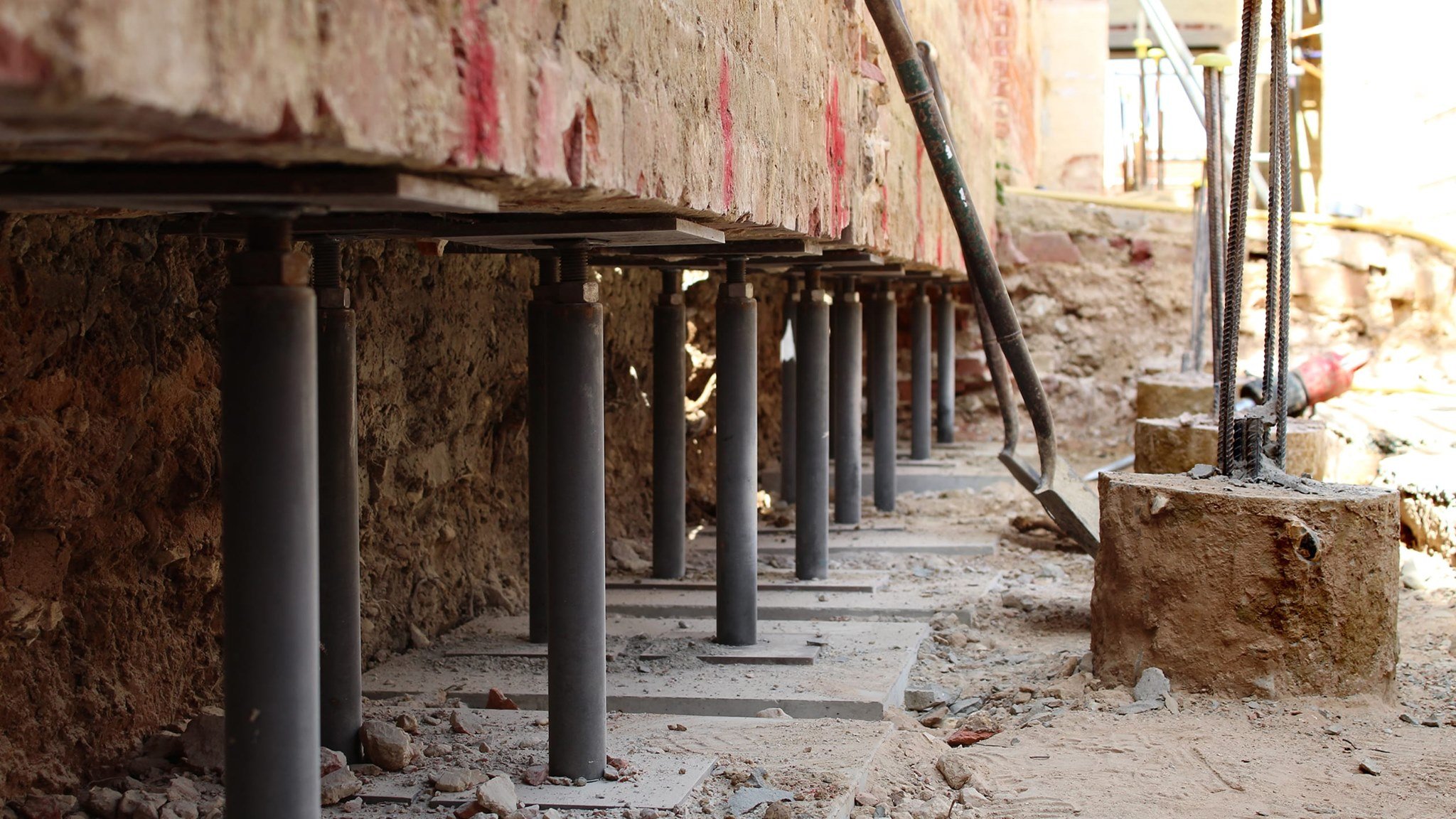Over the past few years, UK homeowners have started noticing unusual changes in their buildings, such as walls cracking, floors sinking, and doors not closing properly. These issues primarily happen when foundations are weak. One of the most popular ways to strengthen foundations is underpinning.
This construction method involves reinforcing or extending foundations deeper to stabilise them. This technique is becoming more common in Surrey and Kent, where soil stability is compromised. In this article, we will explore the reasons behind the popularity of underpinning in Surrey and other parts of the UK.
7 Reasons Underpinning is Becoming More Common in the UK
1. Ageing Properties
Many properties in the UK are over a century old, especially in urban areas like Surrey, London, Manchester, and Birmingham. These older buildings were often constructed without using modern foundation techniques. Over time, their original foundations naturally weaken.
If you live in a period property or are planning to buy one, it’s important to recognise that the structure may no longer be strong enough to support itself. Underpinning has become a popular way to reinforce these older buildings. It makes them safer to live in.
2. Increasing Subsidence Issues
Subsidence is a serious concern in many parts of the UK. It occurs when the ground beneath a property sinks or shifts, causing the building to become unstable. It is often caused by changes in soil moisture levels, heavy rainfall, or drought conditions. All these conditions are becoming more common across the UK.
If you’ve noticed cracks in your walls or uneven floors, subsidence might be the reason behind these issues. Underpinning helps fix them by supporting the property on stronger and deeper foundations. It gives it the stability it needs to stand firm for several years.
3. Clay Soil in Many Regions
Clay-based soil is common in most parts of the UK. This type of ground expands when wet and shrinks when dry, which causes movement in building foundations. If you’re living in a clay-soil area, your home is at higher risk of foundation problems.
You may have already seen signs, such as tilting walls or sinking floors. This is one reason why underpinning is becoming more common. It’s one of the few reliable ways to deal with the ongoing movement caused by clay soil, preventing further damage to your property.
4. More Loft Conversions and House Extensions
As property prices are continuously rising across the UK, many people are choosing to expand their current homes instead of moving. Whether it’s a loft conversion, a rear extension, or adding another storey, these changes put extra weight on your home’s foundations.

If the existing foundations are not strong enough to support the new structure, underpinning becomes necessary. It ensures your home stays safe and balanced even after major changes. Therefore, if you’re planning a home improvement project, underpinning is mandatory to protect your investment and avoid future issues.
5. Impact of Climate Change
Climate change is not just an environmental issue. It’s affecting homes and other structures as well. Warmer temperatures, extreme weather, and unpredictable rainfall are common across the UK. These changes have a direct effect on soil conditions, which leads to ground movement and subsidence.
You may not notice the gradual shifts until visible damage appears. Underpinning offers a long-term solution to these climate-related risks by securing your building’s foundation. It makes it an important part of modern property care.
6. Insurance Requirements and Risk Reduction
Home insurance companies are becoming stricter about structural stability, especially in high-risk areas like Kent, where weather conditions are unpredictable and soil is not stable. Insurance companies in this region often demand a structural assessment.
Therefore, underpinning in Kent is the required solution before insurance coverage is granted or renewed. UK Underpinning Solutions ensures the process is handled professionally, which not only protects your home but also helps you get better premiums. It makes your property less risky and increases its resale value.
7. Market Demands
A well-maintained and structurally sound property is more attractive to buyers. Underpinning can significantly increase your home’s value by eliminating risks and providing long-term stability. If you’re planning to sell your home or invest in a property for letting purposes, underpinning is a smart move.
Buyers look for homes with strong foundations, especially in older areas. By opting for underpinning, you’re meeting the expectations of the modern market and ensuring your home stands out as a safe, reliable, and high-value structure.
Bottom Line
The aforementioned reasons highlight that underpinning is no longer just a solution for major structural problems. It’s quickly becoming a proactive step to protect and improve properties across the UK. Underpinning offers a reliable way to keep your home strong and stable. If you’ve noticed early warning signs or are planning renovations, it’s worth investing in underpinning to safeguard your property.





















